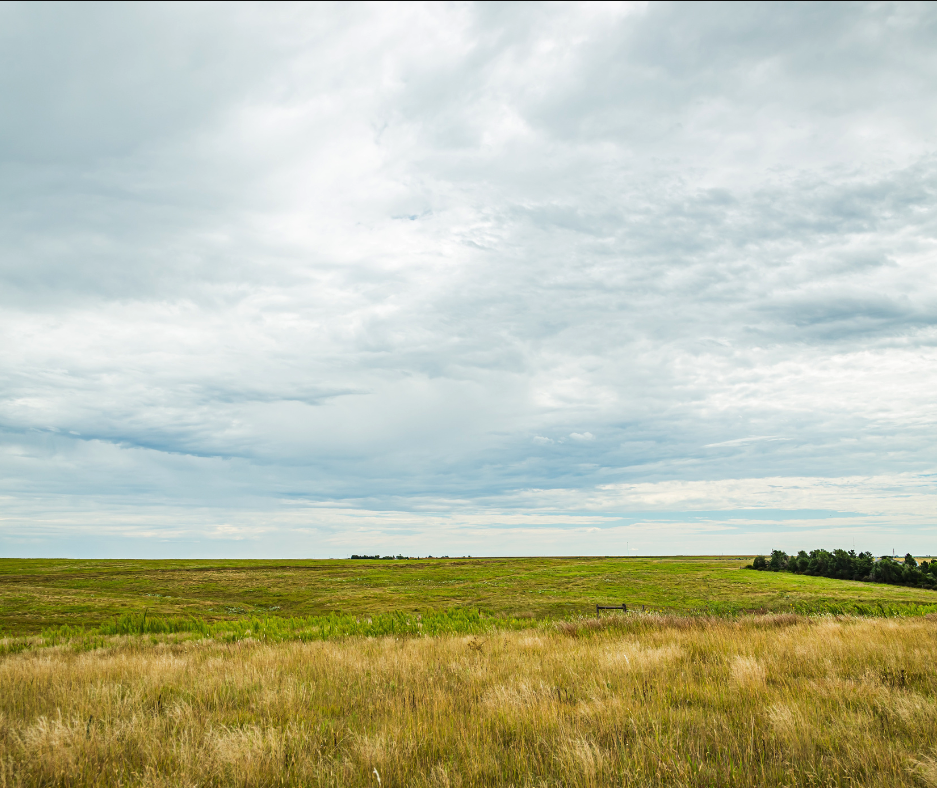In a recent study, the Army Research Laboratory in New Mexico and the USDA Agricultural Research Service’s Jornada Experimental Range used 100 years of measurements of perennial grass growth to identify how climate controls changes in grass cover.
The dataset was used to construct models to understand the correlation between climate fluctuations, the dynamics of grass cover, land degradation, and land restoration. Their study found that perennial grass cover variations were closely tied to the Pacific Decadal Oscillation (PDO) Index.
The PDO is a phenomenon where there are fluctuations in the ocean and atmosphere that affect the temperature and precipitation patterns in the region. This index normally goes through two phases, a positive and a negative phase. Each phase lasts for about 20 to 30 years.
Perennial, native grasses do well under a positive PDO phase. With the return of a positive PDO phase coming, there will be opportunities for increases in grass cover. However, some recent observations indicate that land degradation, which includes shrub encroachment and associated soil erosion may be preventing the expected increases in grass cover.
The hope is to use the prediction models for improved restoration actions to coincide with a positive PDO phase.
For more information and the full article, click here.
